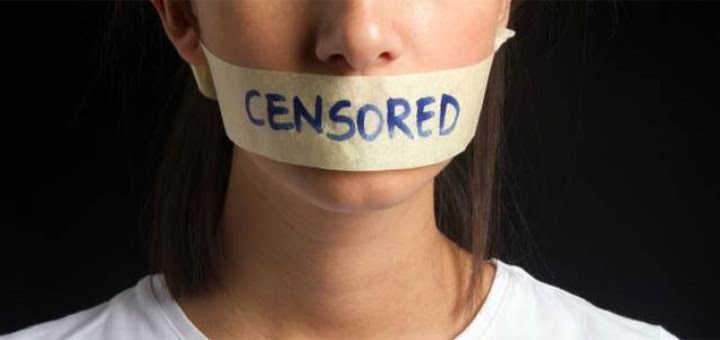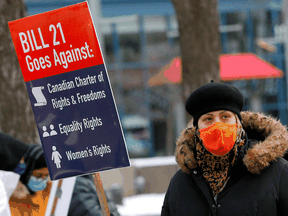Canadian Constitution Foundation Warns: Liberal Hate Crimes Bill (C-9) Raises Free Speech Concerns
The Canadian Constitution Foundation (CCF) is concerned that key aspects of the Carney government’s proposed hate crimes legislation would unduly infringe on freedom of expression.
Among other changes to the Criminal Code, Bill C-9 would establish a standalone hate crime provision that would allow for up to life in prison for committing an act motivated by hatred, would create new intimidation and obstruction crimes related to buildings used for religious worship or primarily by identifiable groups, and would establish a new crime of wilfully promoting hatred by displaying certain symbols such as terrorist flags or Nazi swastikas in a public place. [But not the communist hammer and sickle or the Israeli flag.]
The CCF has identified the following concerns:
- Overbreadth of the hate-symbol provision (s. 319(2.2)): It could chill legitimate speech in cases where it is unclear whether a symbol is “principally associated with a terrorist group” or “resembles a symbol” outlawed under the provision;
- Extreme sentencing under the new hate crime offence (s. 320.1001): A person who commits mischief against property motivated by hatred could face up to seven years in prison, rather than the current two years;
- Removal of Attorney General oversight: The bill would allow police to charge a person with hate speech without receiving the Attorney General’s consent, which is an important safeguard for freedom of expression that has been part of Canada’s law for decades; and
- Lowering the threshold for “hatred”: The definition of “hatred” added as a new section 319(7) appears to lower the bar for hate speech set by the Supreme Court of Canada in cases like R v Keegstra and R v Whatcott, which could chill speech and public debate.
CCF Executive Director Joanna Baron questioned the need for parts of the bill considering Canada already has “robust hate propaganda laws. Creating new offences for hate-motivated crimes and lowering safeguards like Attorney General oversight is unnecessary and invites excessive prosecutions,” she said. ‘The new hate symbol offence only targets displays done with the intent to promote hatred, but without Attorney General consent as a safeguard, there is a real risk that people using these symbols in art, journalism, or protest will be charged first and vindicated later,” Baron added.
“I’m also very wary that banning hate symbols could be a slippery slope,” Dehaas said. “In free countries, we ought to criminalize violence, not speech, so this sets a worrying precedent.” (Canadian Constitution Foundation, September 19, 2025)



